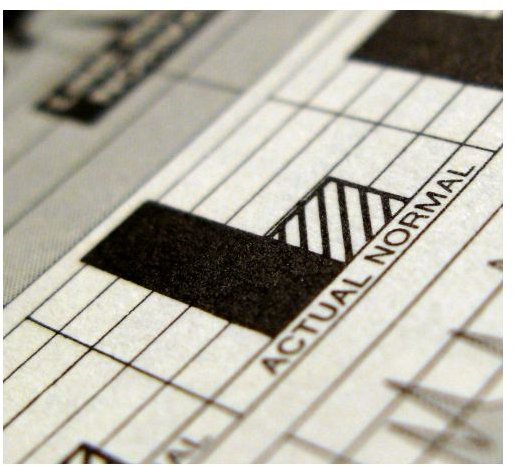Using Graphic Organizers With Students
Concept
Graphic organizers are very popular with teachers. Not only do they help students organize their notes and ideas, they enable students with diversified learning styles understand information. As education strives to reach more students on varying levels, they also provide tools for doing so.
Graphic organizers are just what they sound like. The ‘graphic’ portion is a visual representation of information. The ‘organizer’ portion is a way to arrange the information. From these definitions, possibilities for them are wide and diverse. Teachers and students can use them in all classes and with almost all lessons.
Benefits
Teachers enjoy graphic organizers because they can give their information to students in a unique and often fun way. Students often like filling out a specified chart or column and so they pay closer attention than if they were simply told “to take notes.” When students complete their assignments and learn, they behave better and teachers feel rewarded from the situation.
Aside from teachers enjoying them, these organizers present many benefits to students.
- They teach students concepts differently than typical methods. Some students do not learn well from lecture or class discussion formats. Facts are visually laid out for students. Often times, visual students struggle to make good grades, especially concerning material that does not lend itself to a visual explanation. Specialized diagrams diminish their struggling.
- They can encompass as small or as big an idea as desired. For instance, a history class may study World War II. If a student struggles with only one concept, say the atomic bomb, presenting it in a graphic organizer may help. As an overview, it could cover main ideas or important dates from World War II. Students and teachers should make them different sizes, particular to the situation.
- They allow students to find their own learning and organizational styles. When incorporating them into class, provide several options to encourage individuality while still presenting the information.
- They sort notes for studying and writing. Teachers often see students scramble through their notes or worksheets when they assign a paper or test. With graphic organizers, information is ready for students.
Components
Graphic organizers contain certain aspects. They contain information on a certain subject. Mixing too many ideas in great detail into one diminishes the effectiveness. If more than one chunk of information needs organized, make numerous graphic organizers.
They also all have an actual form. This can be in the shape of a symbol or idea from the unit. If the lesson is on fruit, the actual shape could be an apple or a fruit basket. Other ideas for certain disciplinaries include:
- Science: a cell, magnifying glass, telescope, or cloud.
- Family and Consumer Science: food (an egg) or sewing machine.
- Math: rhombus or polygons.
- Social Studies: the outline of a state, a president, or government building.
- Reading: characters or a time line of events.
Finally, all organizers have a basic format for organizing the information. Simple lines will do, but different formats encourage additional thought. Try adding small circles, branches, tiers, or any other divisions.
Reference
Author’s personal knowledge and experience.
Photo Credit: Every Stock Photo: https://www.everystockphoto.com/photo.php?imageId=2090011&searchId=d08cc3195cba7dd812ab0652a68bdeda&npos=29
